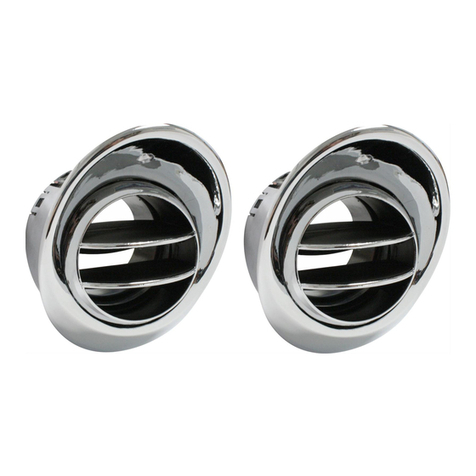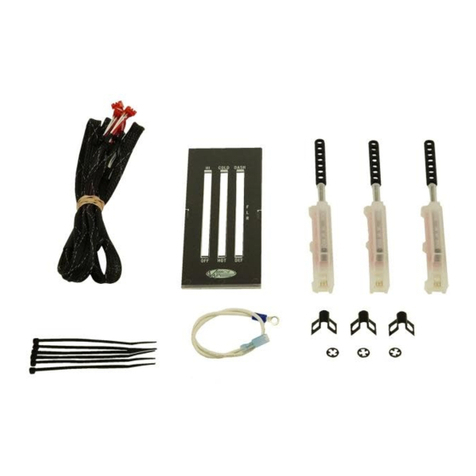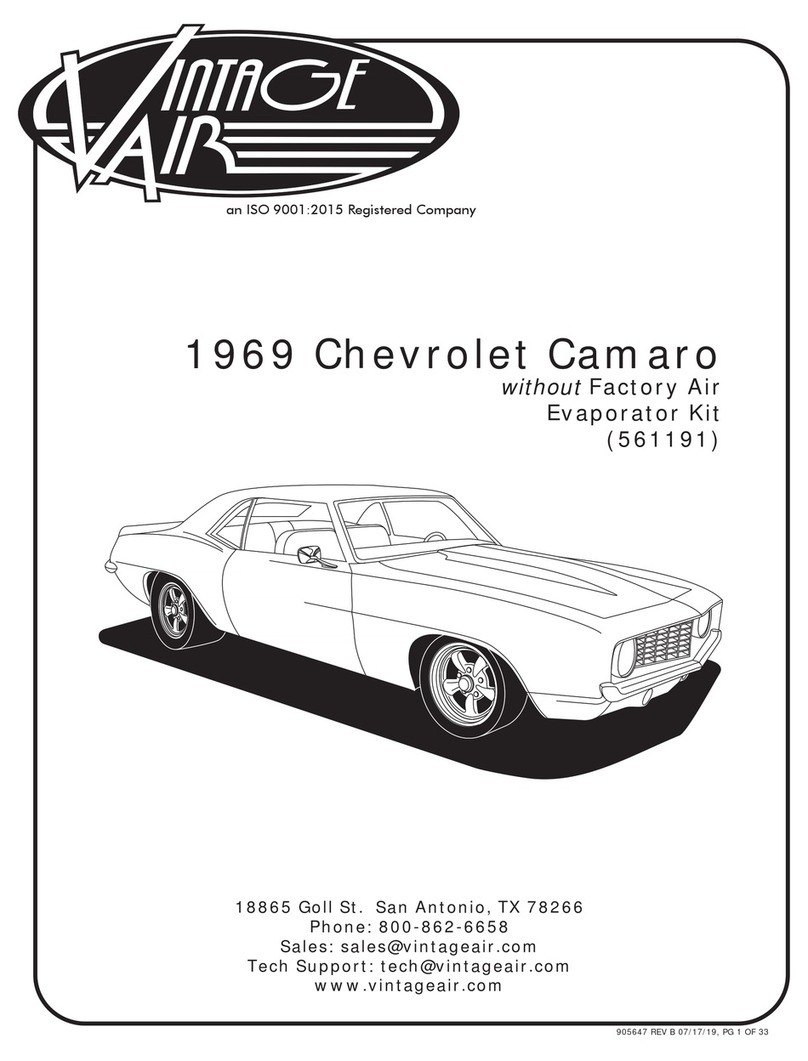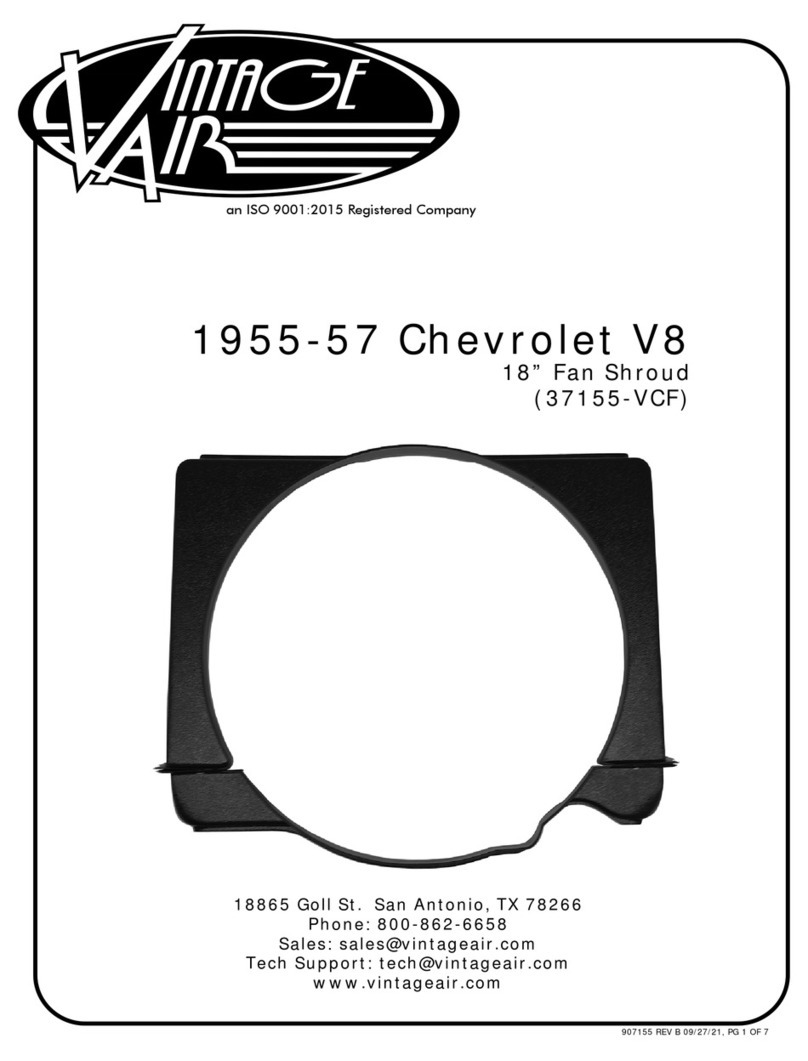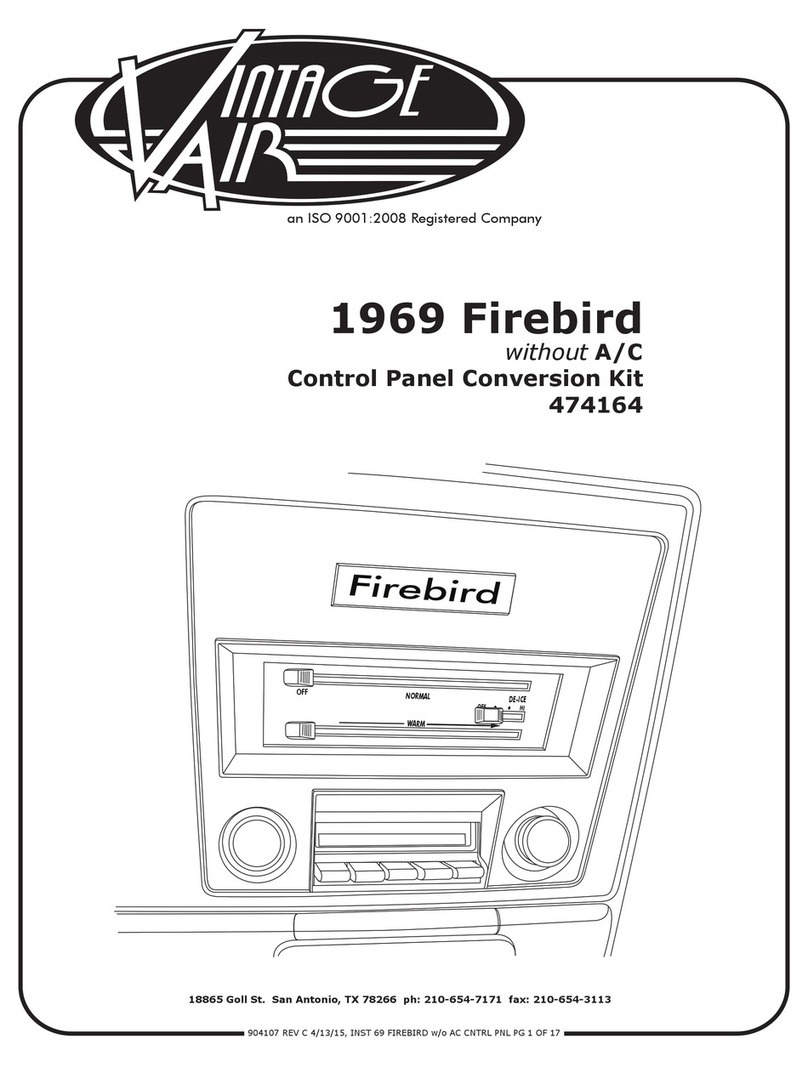
2
www.vintageair.com
905460 REV D 01/12/17, PG 2 OF 28
Thank you for purchasing this condenser kit from Vintage Air. When installing these
components as part of a complete SureFit™ system, Vintage Air recommends working
from front to back on the vehicle, installing the condenser kit and compressor rst,
followed by the evaporator, wiring and hoses, and control panel.
Cover..................................................................................................................................
Table of Contents.................................................................................................................
Packing List/Parts Disclaimer..................................................................................................
Information Page..................................................................................................................
Wiring Notice.......................................................................................................................
Engine & Passenger Compartment Disassembly........................................................................
Condenser Assembly and Installation, Compressor and Brackets, Pulleys, Defrost Duct
Installation..........................................................................................................................
Evaporator Assembly Preparation...........................................................................................
Firewall Bracket and Heater Hose Fitting Installation, Lubricating O-rings.....................................
A/C & Heater Hose Installation.............................................................................................
A/C & Heater Hose Installation (Cont.), Firewall Cover Installation............................................
Evaporator Installation........................................................................................................
Evaporator Installation (Cont.).............................................................................................
Rotary Pot Installation.........................................................................................................
Control Panel/Louver Bezel Assembly Installation....................................................................
Evaporator Installation (Final)..............................................................................................
Driver Side Under Dash Louver Installation, Heater Control Valve Installation.............................
A/C & Heater Hose Installation, V-8 Engines (Final)................................................................
A/C & Heater Hose Installation, 6-Cylinder Engines (Final).......................................................
Control Panel & Duct Hose Routing.......................................................................................
Wiring, Glove Box Installation..............................................................................................
Drain Hose Installation, Final Steps......................................................................................
Wiring Diagram..................................................................................................................
Gen IV Wiring Connection Instruction....................................................................................
Operation of Controls..........................................................................................................
Troubleshooting Guide.........................................................................................................
Troubleshooting Guide (Cont.)..............................................................................................
Packing List.......................................................................................................................
1
2
3
4
5
6
7
8
9
10
11
12
13
14
15
16
17
18
19
20
21
22
23
24
25
26
27
28
Table of Contents






















